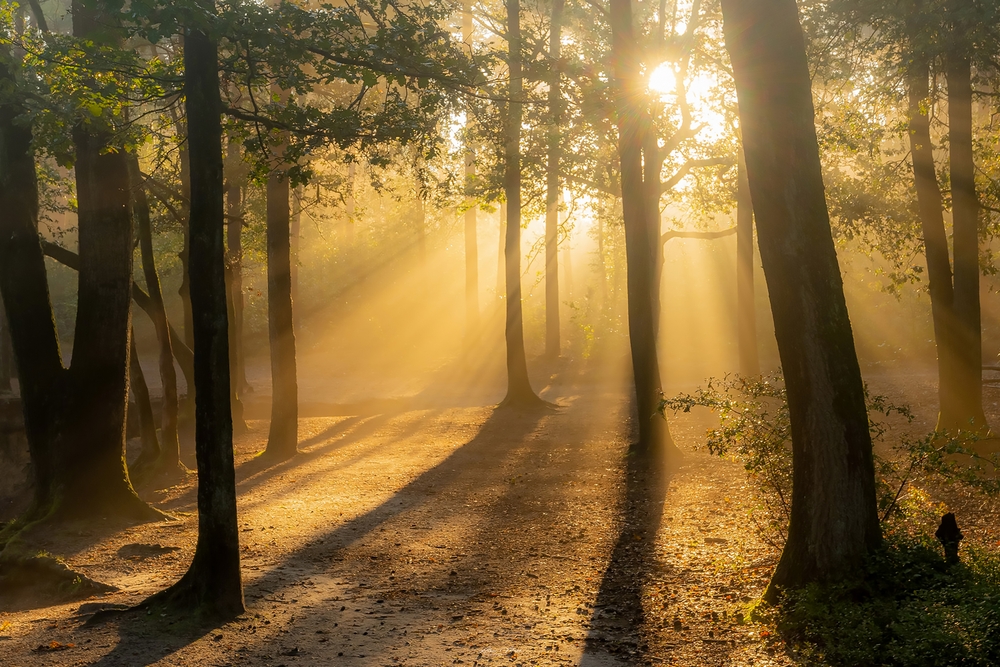Nombre de Dios Overview
Nombre de Dios National Park, known locally as Parque Nacional Nombre de Dios, is a protected area located on the northern coast of Honduras, within the department of Atlántida.
Established to preserve the rich biodiversity of the region, the park encompasses approximately 303.12 square kilometers (117 square miles) . It stretches between the municipalities of La Ceiba and Jutiapa, forming part of the larger Cordillera Nombre de Dios mountain range.
The park’s terrain is characterized by rugged mountains, dense tropical rainforests, and a variety of aquatic ecosystems. Elevations range from sea level along the Caribbean coast to over 1,650 meters (5,500 feet) above sea level, offering diverse habitats for numerous species .
Notable geographical features include the Cangrejal River Valley, which serves as a main access point to the park, and the Cacao Lagoon, a serene estuary surrounded by dense mangrove forests.
The vegetation within Nombre de Dios National Park is lush and varied, comprising tropical rainforests with towering mahogany, cedar, and ceiba trees. The mangrove ecosystems near the coast provide essential habitats for both terrestrial and aquatic species. This rich flora supports a wide array of wildlife, making the park a haven for biodiversity.
Wildlife enthusiasts visiting the park may encounter a variety of mammals, including elusive jaguars, ocelots, and pumas . Two species of monkeys, the howler and capuchin, are also present, often seen and heard in the forest canopy .
The park is home to the Baird’s tapir, the largest land mammal in Central America, although sightings are rare due to their shy nature . Birdwatchers can delight in observing species such as toucans, motmots, and a variety of hummingbirds.
Popular features of the park include the Cacao Lagoon, where visitors can kayak through mangrove canals while observing monkeys and a variety of bird species . The hot springs near the Garifuna community of Sambo Creek offer a relaxing experience amidst the jungle, with natural pools and opportunities for mud baths and massages .
Additionally, the park’s numerous waterfalls, hidden within the dense rainforest, provide picturesque spots for exploration and photography.
Visitors can engage with the park through various activities. White-water rafting on the Cangrejal River offers thrilling rapids suitable for adventure seekers . Hiking trails accessible from the Cangrejal River Valley and the Garifuna village of Sambo Creek allow for immersive jungle treks .
Horseback riding tours provide a unique way to explore the park’s landscapes, and canopy zip-line tours near Sambo Creek offer exhilarating aerial views of the rainforest . For a more tranquil experience, kayaking in the Cacao Lagoon allows for close encounters with wildlife in a serene setting.
Conservation challenges in Nombre de Dios National Park include habitat loss due to deforestation and poaching, which threaten species such as the Baird’s tapir .
However, efforts by organizations like the Fundación Parque Nacional Nombre de Dios (FUPNAND) aim to promote sustainable tourism and engage local communities in conservation initiatives . These efforts have led to increased awareness and measures to protect the park’s unique ecosystems.
Park Map
Nombre de Dios National Park Highlights
Share your clicks with us
Related National Parks More Honduras

Montaña de Yoro National Park

Montaña de Comayagua National Park

Montaña de Botaderos Carlos Escaleras Mejía National Park

Montaña Santa Bárbara National Park

La Tigra National Park

La Muralla National Park

Jeannette Kawas National Park

Cusuco National Park

Congolón, Piedra Parada, and Coyocutena National Park










































































